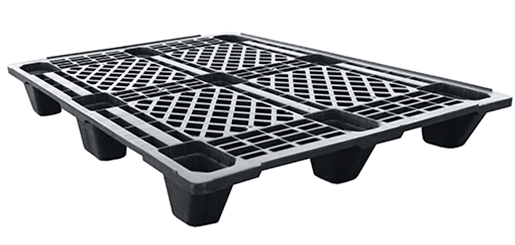The origin of the pallet
The pallet is popularly known as a "board platform for storing and transporting goods". A simple solution that has greatly facilitated transport and logistics and one of the most used packaging complements in the 20th century.
It was in the United States, in the decade of the 20's, when the first pallet saw the light and from that moment its popularity was growing by the advantages that it offered at the time of transporting merchandise and its compatible use with the existing machinery. The widespread use of this packaging took place during the Second World War as it gave a quick and efficient response to the need to transport the various materials needed during the war.

With the use of the pallet the warehouses were transformed and the way in which they organized and transported the goods. Palletising saved loading and unloading times, as well as storage space, and allowed goods to be handled and distributed more safely, reducing breakage and damage to the product.
Currently there are two standardized pallets, as the boom in trade forced to harmonize their dimensions. The Europallet, the European one, has measures of 1200x800 mm. and the American one measures 1200x1000 mm.
The first pallets were made of wood, as it was a material widely used as packaging, economical and accessible. Today we can find pallets made of other materials. The cardboard and plastic pallets stand out, raw materials that present numerous benefits since they improve work safety and reduce the weight of the packaging.
For example, cardboard pallets can be recycled at the end of their useful life. They are lightweight but able to withstand heavy loads. As there are no hazardous parts, such as splinters, or metal elements, it is safer and, moreover, they are free of parasitic infections and are resistant to humidity.
For its part, the plastic pallet is also very light and bears heavy loads. They are also easy to handle and recycle and save money on phytosanitary treatments and fumigation.
